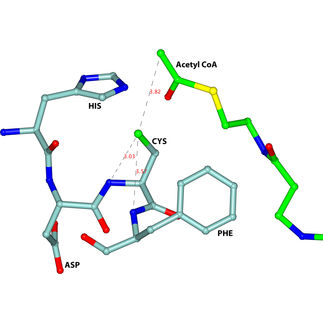Scientists gain new insight into genetic structure of flesh-eating parasite
Scientists from the University of Glasgow have made a major step towards understanding the genetic make-up of a parasite which causes the flesh-eating disease leishmaniasis.
The disease is spread by sand flies and threatens about 350 million people in 88 countries, including Brazil, Iran, Peru, Saudi Arabia, Syria, Afghanistan and parts of China.
There are 21 species of the parasite that cause a variety of forms of leishmaniasis in humans, ranging from disfiguring sores on the skin to potentially fatal infections of the liver and spleen. The parasite, which infects white blood cells, is usually treated with chemotherapy.
Now researchers have been able to analyse the genome of different species which will help them understand how different forms of the disease develop and how they can be better treated.
The research project led by scientists at the Wellcome Trust Centre for Molecular Parasitology at the University of Glasgow with colleagues at the University of York and the Sanger Institute in Cambridge received £1m in funding from the Wellcome Trust and was aimed at furthering understanding what the World Health Organisation (WHO) classifies as a neglected tropical disease.
WHO estimates that up to 12 million people are currently infected, with around one to two million new cases occurring every year.
By analysing and sequencing the genome – the complete set of genes within an organism – of four different species of the parasite, as well as different isolates of the same species, scientists discovered they all had a similar genetic content, but were arranged in different ways.
Professor Jeremy Mottram, of the University of Glasgow, said: “There are many species of the parasite that can cause different forms of the disease and require different forms of treatment. This can also cause problems for diagnosis.
“We discovered that different species of the leishmania parasite share a large number of similar genes, but the genomes are structured in different ways and with extensive variation in the numbers of chromosomes – the pieces of DNA that store genetic information about an organism.
Dr Nick Dickens, a genome specialist at the University said “It is largely the different genome structure, including the copy number of genes and as a result, the amount of proteins expressed by these genes that cause differences between the species and hence clinical forms of the disease.
“A combination of many genes within a parasite can be responsible for the disease, so identifying and understanding the genetic and structural differences in the species could help develop improved treatments.”
The leishmania parasite is a form of trypanosomatid protozoa that belongs to the same family of parasites that causes sleeping sickness and Chagas’ disease.
It is a poverty-related disease which affects the poorest people in developing countries, with more than 90 per cent of the severest form of the disease occurring in Bangladesh, Brazil, India, Nepal and Sudan.
A number of British soldiers deployed in Afghanistan have been infected with the parasite and British television presenter and adventurer Ben Fogle was treated for the disease in 2008.
The Leishmania parasite is named after its discoverer William Boog Leishman, the Scottish pathologist and British Army doctor and graduate of the University of Glasgow.
Original publication
Matthew B. Rogers et al.; Chromosome and gene copy number variation allow major structural change between species and strains of Leishmania. Genome Res 2011
Tim Downing et al.; Whole genome sequencing of multiple Leishmania donovani clinical isolates provides insights into population structure and mechanisms of drug resistance. Genome Res 2011























































